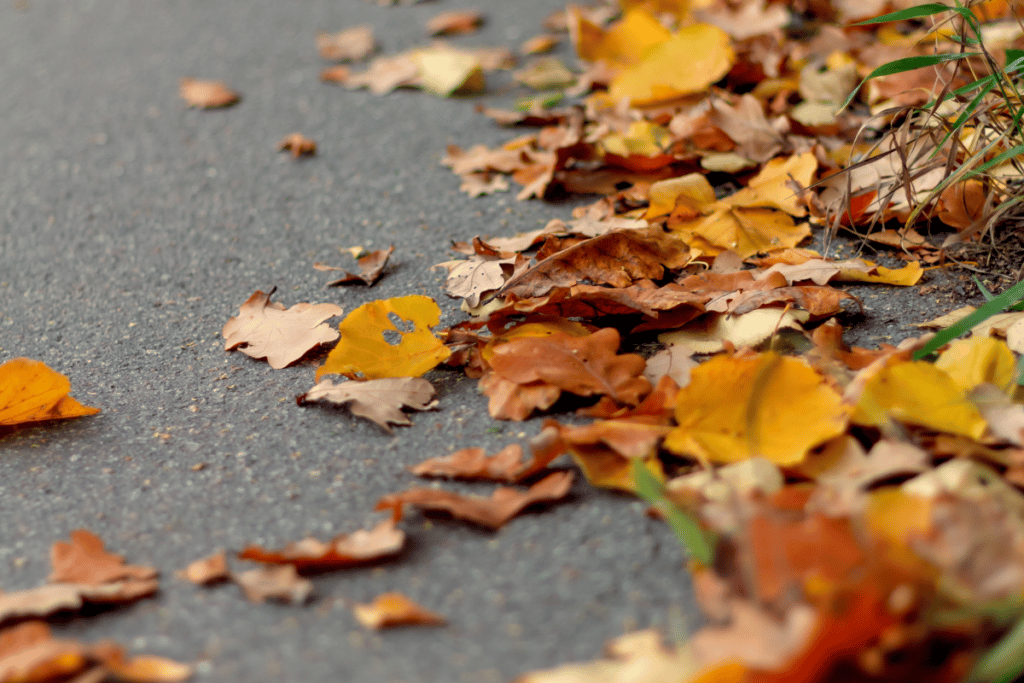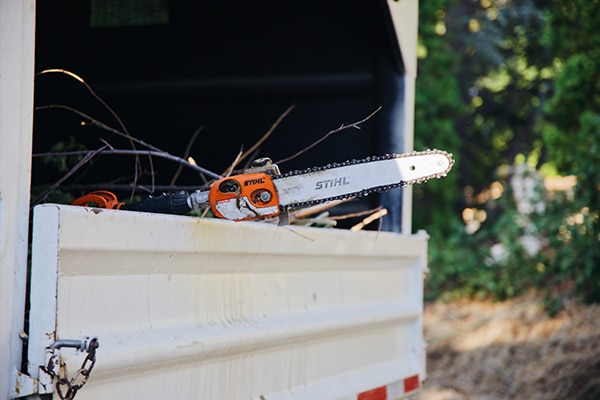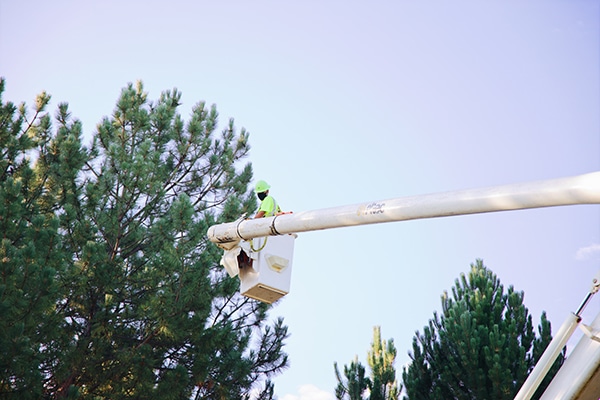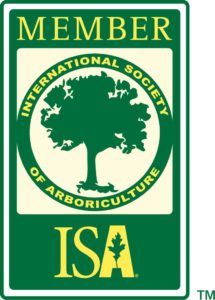Trees serve as shields of protection along the perimeter of our property. You could say they are Mother Nature’s masterpieces in your front or back yards. Trees also bring much beauty to any landscape. They are beautiful and comforting. That is why the thought of removing a tree can be difficult or even heart-wrenching.
But when a tree is a potential risk to people and objects, the safest option is to leave the responsibility of removing a tree to a professionally trained arborist at Boyd’s Tree Service. Tree removal is a last resort when there is no other safe management alternative, such as pruning or mitigation.
Keep in mind that a dead, dying or otherwise precarious tree can lead to thousands of dollars in damage, in addition to a priceless cost of personal injury. A tree might not seem hazardous at first glance until a storm or heavy snow strikes, exposing the tree’s vulnerability.
Diagnosing a dead tree is a two-person undertaking. You and your arborist both play an important role in keeping your yard safe from hazardous trees.
Initial Sign of Tree Trouble
Here is the first step in determining if your tree is dead or dying: Scratch a small piece of bark off of a few twigs on the tree. If the layer underneath the bark is brown or dry, your tree might be in trouble.
Signs Your Tree is Not Healthy
There are signs of infection. The crown dieback, cracks – deep splits in the tree’s bark – misshapen or discolored leaves, soft crumbly wood, and the appearance of fungi likely indicate that your tree is infected. Clues that show your tree is not healthy because of unwanted pests include emergence holes, feeding galleries, and woodpeckers feeding heavily on the tree.
You observe large, dead branches in the tree’s crown. These are occasionally referred to as widow-makers because they can fall for apparently no reason and severely injure people below. If half or more of the tree is dead or damaged, it needs to be removed for safety purposes.
Your tree is not doing well. Assess the health and vigor of your tree compared to the trees growing adjacent to it. Thin leaf cover, discolored foliage, and stunted growth are all indications that your tree is not thriving. As to the why for the slow demise of your tree, leave that to a professional arborist at Boyd’s Tree Service.
There is evidence of root defects. Root defects typically are not easy to spot, but heaving soil and fungi growing near the base of the tree are both indications of root issues.
The trunk is compromised. Cracks or splits, large wounds and dead branch stubs on the trunk of the tree are all signs of internal decay. Trees can actually live for years with internal decay. However, it is just a matter of time before they gradually do fall. What’s more, trees with multiple trunks – also known as “leaders” – can also end up with structural issues down the line.
The tree is hollow. A tree with a hollow trunk has been significantly compromised and is a danger to people and objects. If at least one third of a tree is rotted or hollow inside, that tree needs to be removed.
The tree is suddenly leaning. All leaning trees are not always hazardous. But a tree that suddenly leans to one side likely has structural problems.
You see sprouts at the base of the tree. Sprouts are also referred to as epicormic shoots and they signal that the tree is severely stressed and needs to be evaluated by a professional arborist.
The tree is under power lines. Any tree that is growing into power lines can pose a hazard and may need to be removed by a certified arborist at Boyd’s Tree Service.
The tree is too close to a house or other structure. Trees that are hanging over a roof or are positioned too close to a structure should be removed, or, at the very least, regularly pruned. As a rule, large trees should be at least 20 feet away from a house or building.
Other signs and symptoms that indicate your tree is unhealthy and should probably be removed include:
- Cavities in the trunk or large scaffold branches
- Chipped or peeling bark and cracks in the trunk
- Fine twigs without living buds near the ends of branches
When Dead or Dying Trees Do Not Have to be Removed
Dead or dying trees do not have to be removed if they are located in a forested area or away from people and structures. These trees can serve as a home and refuge for woodpeckers and other wildlife.
Proactive Measures Can Prevent Tree Removal
While some tree failures can be unexpected and quick, it is helpful to know that most of these can be prevented by taking proactive measures. Now is an opportune time to examine your trees, before the onset of severe winter storms.
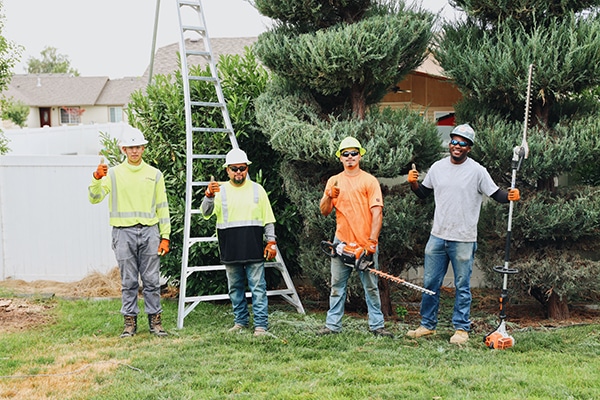
Let Boyd’s Tree Service Serve Your Tree Removal Needs
Tree removal is among the most complex and dangerous tasks to carry out. This should be done by a certified and trained expert. Trees kill scores of people every year. That is why we advise to have a well-experienced, highly-trained tree doctor remove trees from your property.
If you have damaged, dead, or diseased trees in your front or back yard, then look to Boyd’s Tree Service to remove them for you!
If you live in the Tri-Cities and surrounding area and you would like more information about our tree services or to schedule an appointment, we invite you to call Boyd’s Tree Service at (509) 585-4194.

